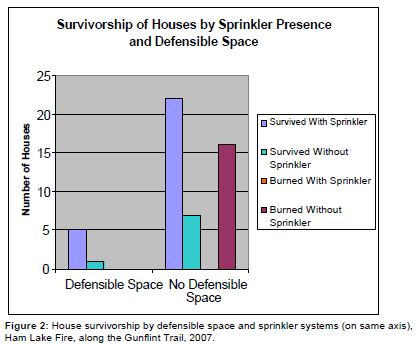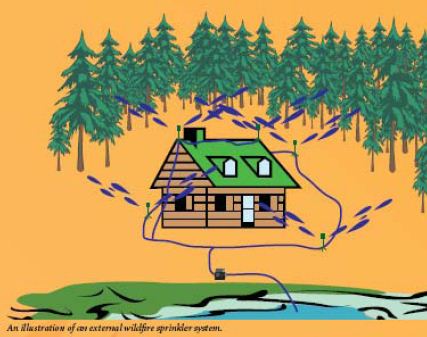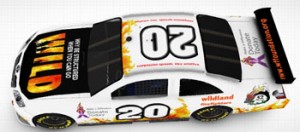James Hubbard, the U.S. Forest Service’s Deputy Chief for State and Private Forestry, recently issued another memo to the field about policies related to wildland fire and how they will be implemented. Mr. Hubbard said the USFS “will continue to improve our communication, coordination, assessing and managing risk, and decision making skills.”
A lot of the content in the memos is common sense, and much of it has been policy for a while. It makes you wonder about the motivation for sending this guidance out to the field, and brings to mind a few fires last year on which the outcomes were not ideal.
Here are a few highlights and excerpts from the documents:
Aggressive initial attack within a risk based approach on all human caused wildfires, and reflecting the objectives of the Land and Resource Management Plans is expected on all fires. Wildfires must have documented objectives for the protection of life and property with suppression strategies.
All wildfires must have, at a minimum, documented objectives for the protection of life and property with suppression strategies.
There are only two types of wildland fires: wildfires and prescribed fires. The terms “fire use fires”, “resource benefit fires”, or “suppression fires” will not be used. The agency reports activity on only these two types of fire. Manage natural ignitions to achieve desired Land and Resource Management Plan objectives when risk is within acceptable limits. A wildfire may be concurrently managed for more than one objective.
Approval levels for wildfire decision analyses are based on the agency’s projected cost and not the total estimated cost of the wildfire. The following approval thresholds apply as stated in FSM 5131.04 and subject to qualification and certification policies stated in FSM 5131.11 (note – prior certification thresholds are no longer applicable):
- Up to $2 million – District Ranger
- $2 to $10 million – Forest Supervisor
- Over $10 million – Regional Forester
Oversight designations are based on the complexity level as determined using the methods in the Interagency Standards for Fire and Operations (aka Red Book, NFES 2724).
- Type 3, 4, and 5 wildfire decisions/delegations are made at the District Ranger level with oversight by the Forest Supervisor.
- Type 2 wildfire decisions/delegations are made at the Forest Supervisor level with oversight by the Regional Forester.
- Type 1 wildfire decisions/delegations are made at the Regional Forester level with National oversight.
Critical long duration wildfire oversight roles include ensuring that:
- Up-to-date decision analyses are completed and documented in Wildland Fire Decision Support System (WFDSS).
- Hazards are identified and risk assessments are incorporated into decisions.
- Coordination with partners and potentially affected parties is conducted (including smoke impacts). Unifed command is implemented early if necessary.
- Resource capacity and availability are adequately assessed to meet expectations.
On all wildfires, but especially on long duration wildfires, develop specific protection objectives and suppression strategies to keep the fire from crossing property lines where it is unwanted. When all parties are in agreement with the course of action, they should agree that if events transpire that moves the fire across the property boundary, parties will engage in negotiating cost share agreements following direction in Chapter 80 of Interagency Incident Business Management Handbook (NFES 2160).
Plans should identify the necessary resources and timing of deployment as necessary to reasonably prevent fire movement beyond the planned perimeter.
It is important to learn from all unintended outcomes. We have a system of reviews, analyses, and investigations to assist in identifying, preventing, and understanding factors that may prevent future accidents and injury. It is important to select and apply the appropriate tool. Tools include Serious Accident Investigation (SAI), Accident Prevention Analysis (APA), Facilitated Learning Analysis (FLA), and Administrative Investigations. To help select the right tool, refer to Organizational Learning “Lessons Learned” Analysis Options (http://www.wildfirelessons.net/documents/Org_Learning_72009.pdf) found in the letter of August 10, 2009.
USFS Fire Communications Guidance
On fires on National Forest System land the USDA Forest Service, even if they are not regular IIOs [Incident Information Officer] on incidents can respond to questions from all news media, including national news media, about the incident only.
Facebook pages are not approved for the Forest Service.
Tweets should alert followers that new information is posted on a website.




